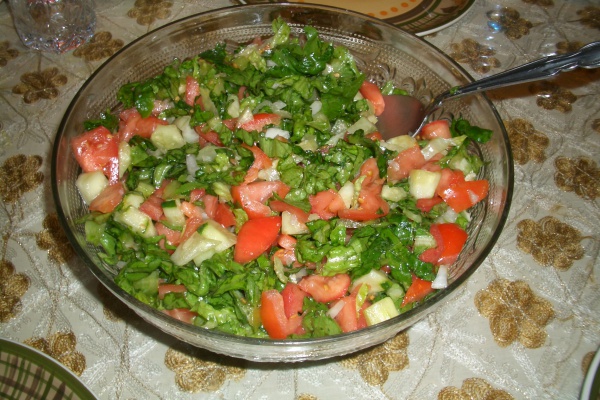Facts About Arab salad
Arab salad, also known as Arabic salad, is a staple in Arab cuisine, celebrated for its vibrant flavors and diverse ingredients. These salads often feature a mix of fruits, vegetables, and spices, making them a colorful and delectable part of any meal. Typically served as part of a mezze spread, Arab salads vary from country to country, each adding its own unique twist to the table.
For instance, Algeria offers the Algerian salad and the Black Olive and Orange salad, while Tunisia is known for Salata Mechouia. In Syria and Lebanon, you can savor artichoke salad and beet salad. Meanwhile, Palestine and Jordan have their own delicious versions of these fresh dishes. Among the most popular Arab salads are fattoush and tabbouleh, both of which have gained international acclaim.
A classic Arab salad recipe usually includes diced tomatoes, cucumbers, and onions, all tossed together with fresh parsley, lemon juice, and olive oil. Unlike many Western salads, it doesn’t contain lettuce, and the vegetables are often left unpeeled to retain their natural flavors and textures. Some variations might include fried pita slices or a sprinkle of sumac in the dressing for an extra burst of flavor. In Palestinian cuisine, this type of salad is known as Salatat al-Bundura, or "tomato salad" and is often paired with rice dishes.
Similar salads in the Middle East include the Persian salad Shirazi and the Turkish Çoban salad. These dishes highlight the rich and diverse culinary traditions of the region, offering a taste of the Middle East's vibrant food culture.

 Israel
Israel